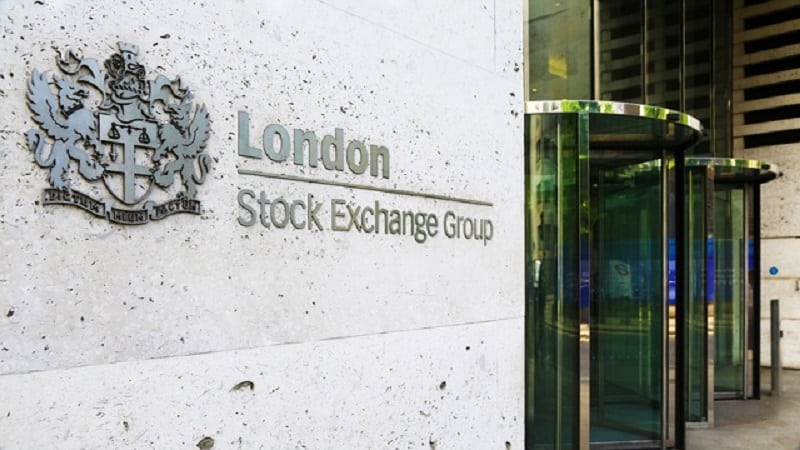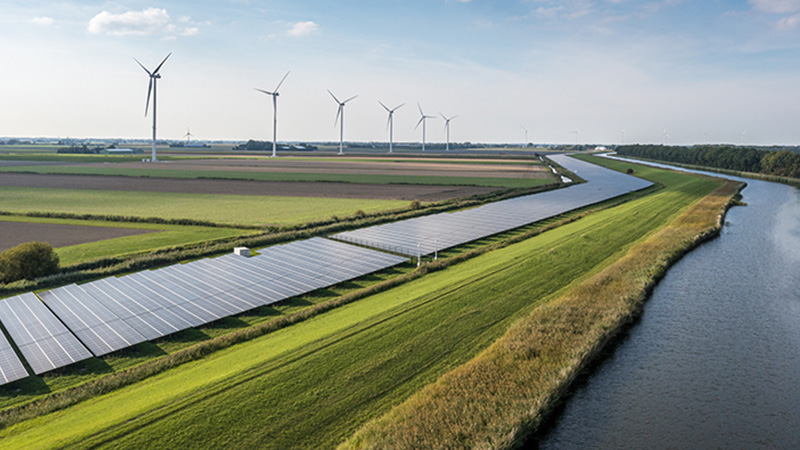By Simon Steele, head of the Fiera Atlas Global Companies team
Chinese startup DeepSeek AI sent ripples through the global tech sector in January with the launch of its latest model, DeepSeek-R1.
This breakthrough challenged established players like OpenAI, delivering efficiency and performance gains which were developed at just fraction of the cost – if the reported numbers hold true – and raising new questions about the trajectory of AI innovation and the infrastructure underpinning it.
Markets reacted swiftly to news of DeepSeek-R1, triggering a sell-off in major US AI and semiconductor stocks, while Chinese tech firms enjoyed a rerating. A shakeup which left some questioning: is the AI trade already over?
An evolution, not an end
The response to DeepSeek-R1 highlights a new reality where AI is moving beyond proof-of-concept towards a more competitive, application-driven phase.
Rather than marking the end of the AI investment story, this signals the advent of a new chapter which will be shaped by increased efficiency, competition, and real-world adoption.
As AI applications become embedded in everything from industrial automation to cloud computing, computational demands are expected to grow. In turn, this will drive innovation across areas like energy efficiency, memory architecture, and semiconductor design.
We expect that efficiency gains, such as lower training and inference costs, should ultimately accelerate adoption across industries.
For investors, the challenge lies not in trying to time market sentiment, but in identifying those areas and companies best positioned to adapt and scale AI responsibly and profitably.
Identifying the structural trends
AI is a key driver of several long-term growth trends, which we believe will continue to create growth opportunities over the medium to long term. From automating routine tasks to enhancing decision-making through data, AI is transforming business models in sectors as varied as healthcare, infrastructure, industrials, and financial services.
A notable area of exposure is the semiconductor value chain, which is foundational to this transformation, with ongoing demand for advanced chips, design tools, and compute infrastructure.
At the same time, software and analytics providers across industries are integrating AI to improve efficiency, reduce costs, and offer more sophisticated services to clients.
Whether through generative engineering tools, machine vision in manufacturing, or AI-enhanced risk management platforms, companies are increasingly using AI to strengthen their competitive positions.
Even better, the benefits are not limited to the tech sector and extend across the economy in both direct and indirect ways.
What’s next?
While AI presents exciting opportunities, it’s important to stay level-headed and to continue to distinguish between hype and substance.
The path forward for AI will likely be shaped by three key forces: the pace of innovation, the breadth of adoption, and the discipline with which companies execute.
While the excitement around AI may ebb and flow, the long-term investment case rests on solid ground. This is particularly true for firms that can demonstrate durable returns, prudent capital allocation and scalable business models.
Therefore our view is that investors should view AI not as a fleeting trend but as a long-term enabler of productivity and innovation across industries.
In this next phase of AI development, one defined less by speculative growth and more by competitive delivery, success will hinge on more than just cutting-edge technology. It will depend on strategic clarity, disciplined execution, and the ability to turn potential into performance.
Far from being over, AI is entering a more mature and expansive phase. As it does so, the best opportunities may reveal themselves to those that approach it not as a bet, but as a fundamental driver of sustainable long-term growth.










